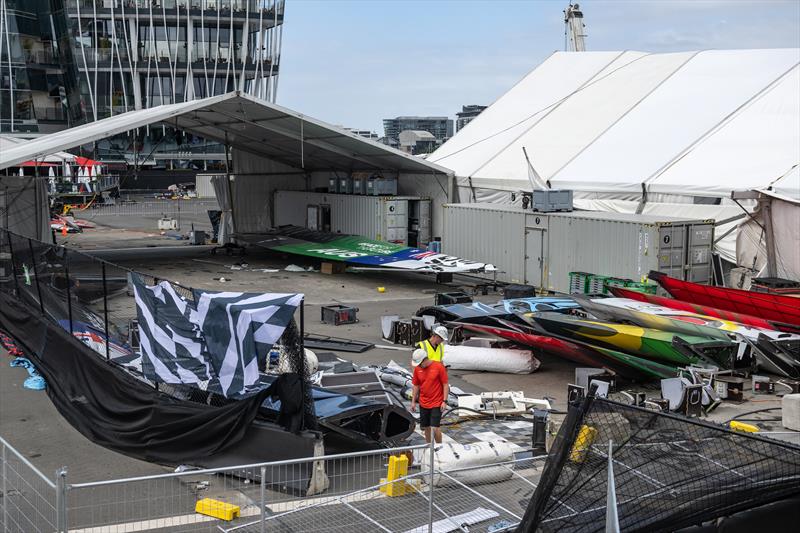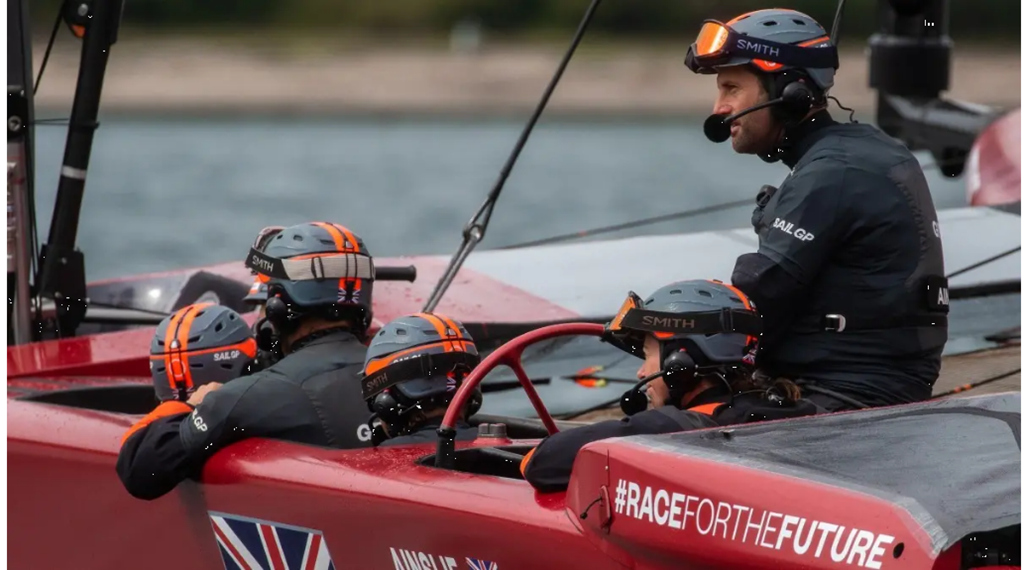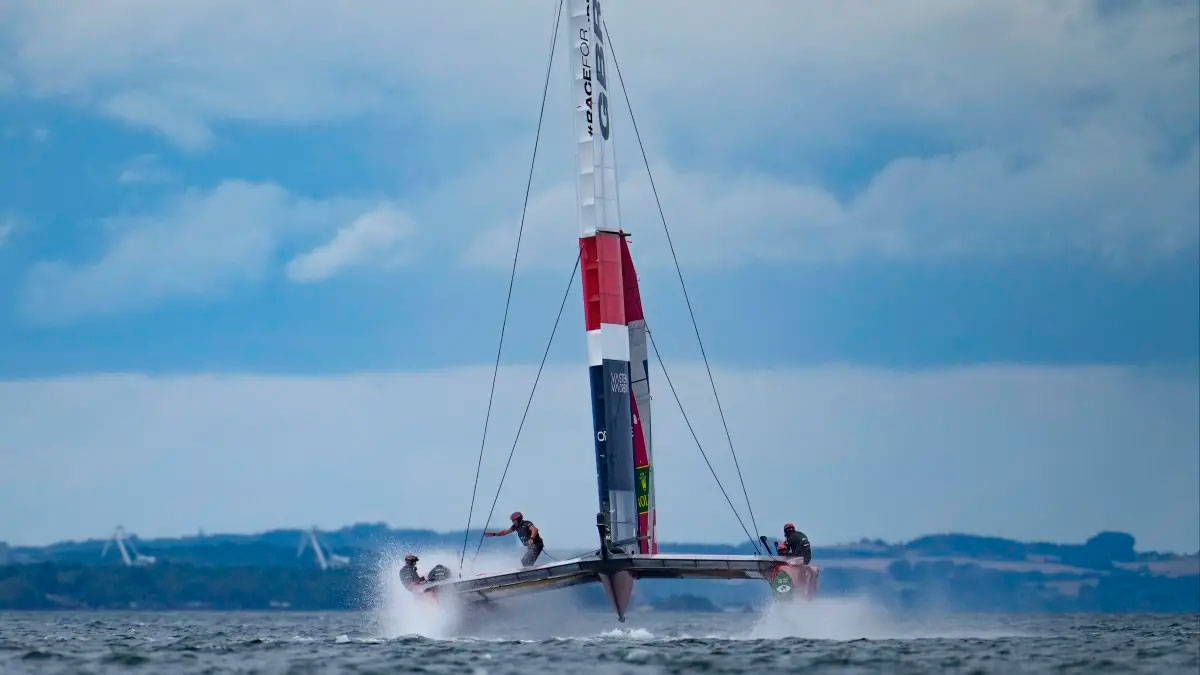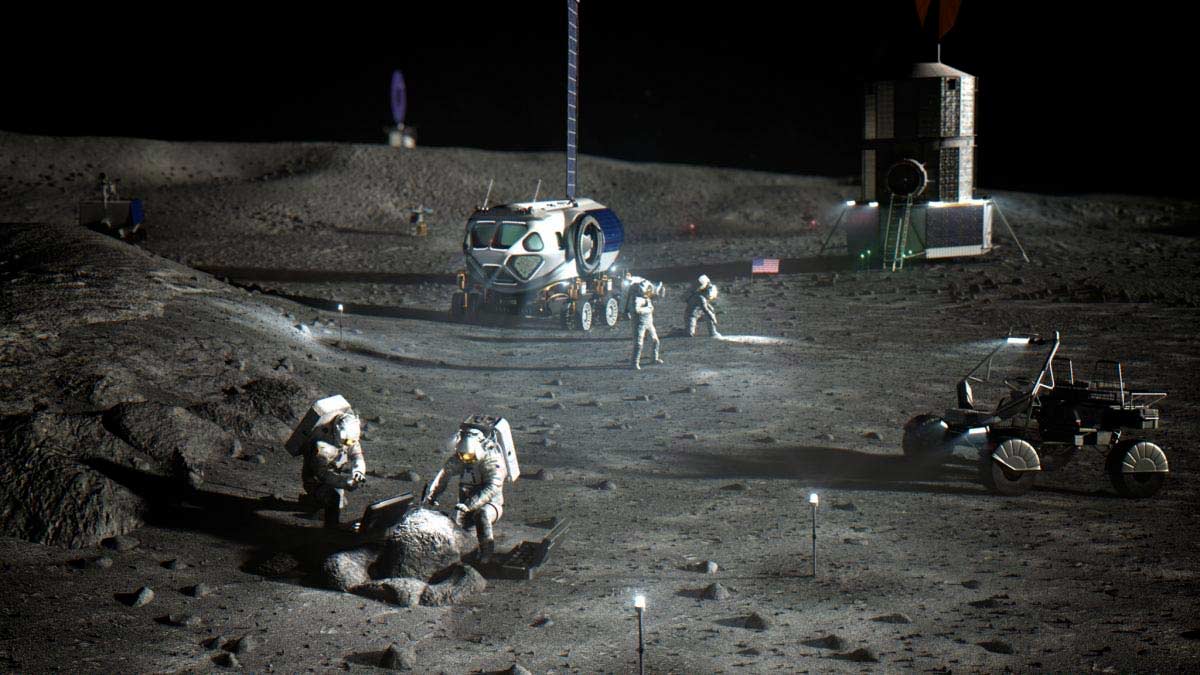La marca italiana SLAM se convierte en proveedor oficial de indumentaria de America’s Cup Defender Emirates Team New Zealand
La marca italiana de ropa de navegación de alto rendimiento SLAM ha unido fuerzas con el cuatro veces ganador de la America’s Cup, el Emirates Team New Zealand, en la preparación de la 37.ª edición del icónico evento en Barcelona el próximo año.
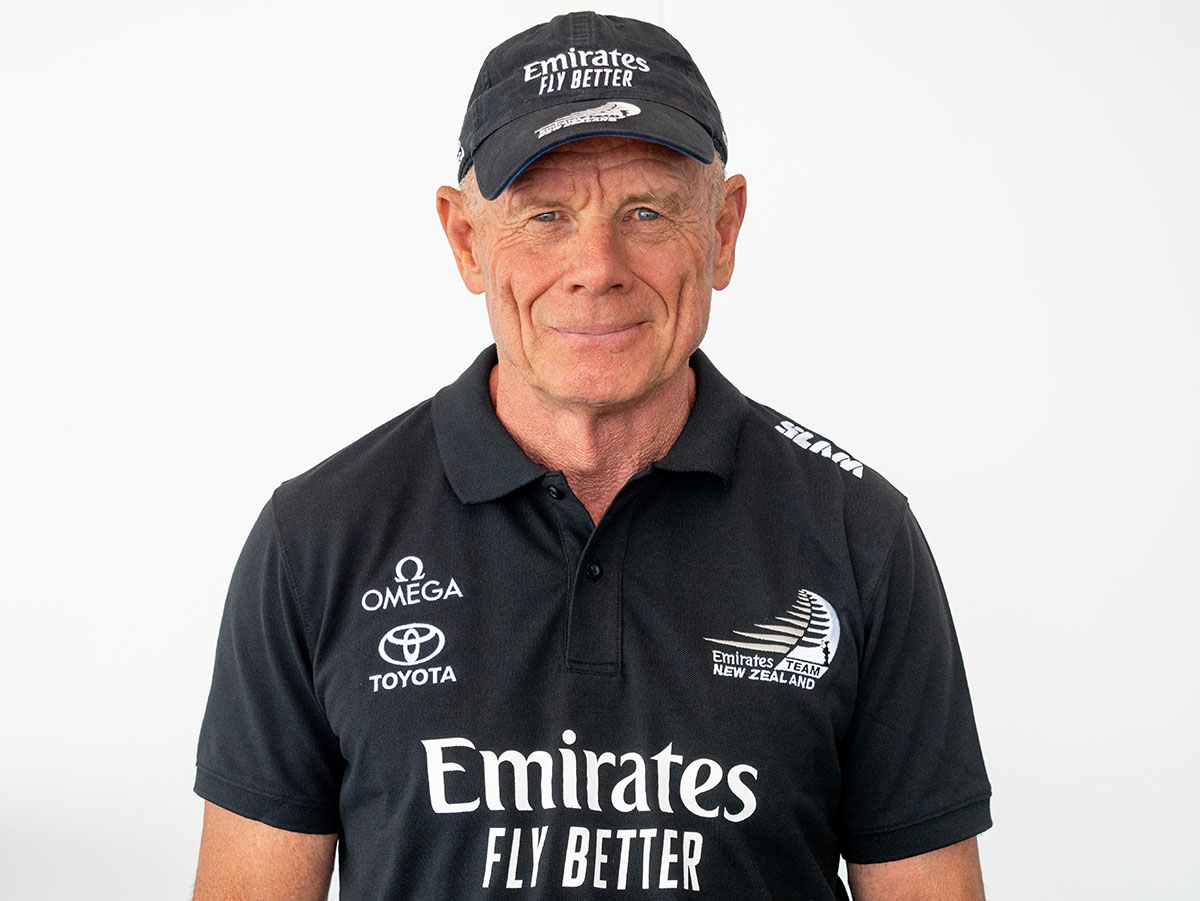
Grant Dalton, Emirates Team New Zealand CEO
SLAM, una marca global que se fundó en Génova en 1979, se sumará a la campaña de Nueva Zelanda como proveedor oficial de indumentaria mientras el equipo prepara su defensa de la America’s Cup en octubre de 2024.
Emirates Team New Zealand defendió con éxito la America’s Cup en Auckland en 2021 después de haber ganado previamente la competencia deportiva internacional más antigua del mundo en 1995, 2000 y luego nuevamente en 2017.
SLAM cambió de manos en 2021, fue comprada por VAM Investment Group y se embarcó en un nuevo viaje de alto perfil con el regatista campeón del mundo Enrico Chieffi a la cabeza como director ejecutivo y un fuerte enfoque en ropa de navegación de clase mundial técnicamente innovadora y de alto rendimiento.
El Emirates Team New Zealand defenderá la America’s Cup contra los ganadores de la Challenger Series, que será disputada por cinco equipos ultracompetitivos: el INEOS Britannia del Reino Unido dirigido por el multicampeón olímpico Sir Ben Ainslie; los dos veces ganadores de la Copa de Suiza Alinghi Red Bull Racing; el equipo italiano Luna Rossa Prada Pirelli dirigido por Max Sirena como director y patrón del equipo; American Magic dirigido por Terry Hutchinson con los ganadores de la medalla de oro olímpica Tom Slingsby y Paul Goodison; y el K-Challenge francés liderado por Stephan Kandler.
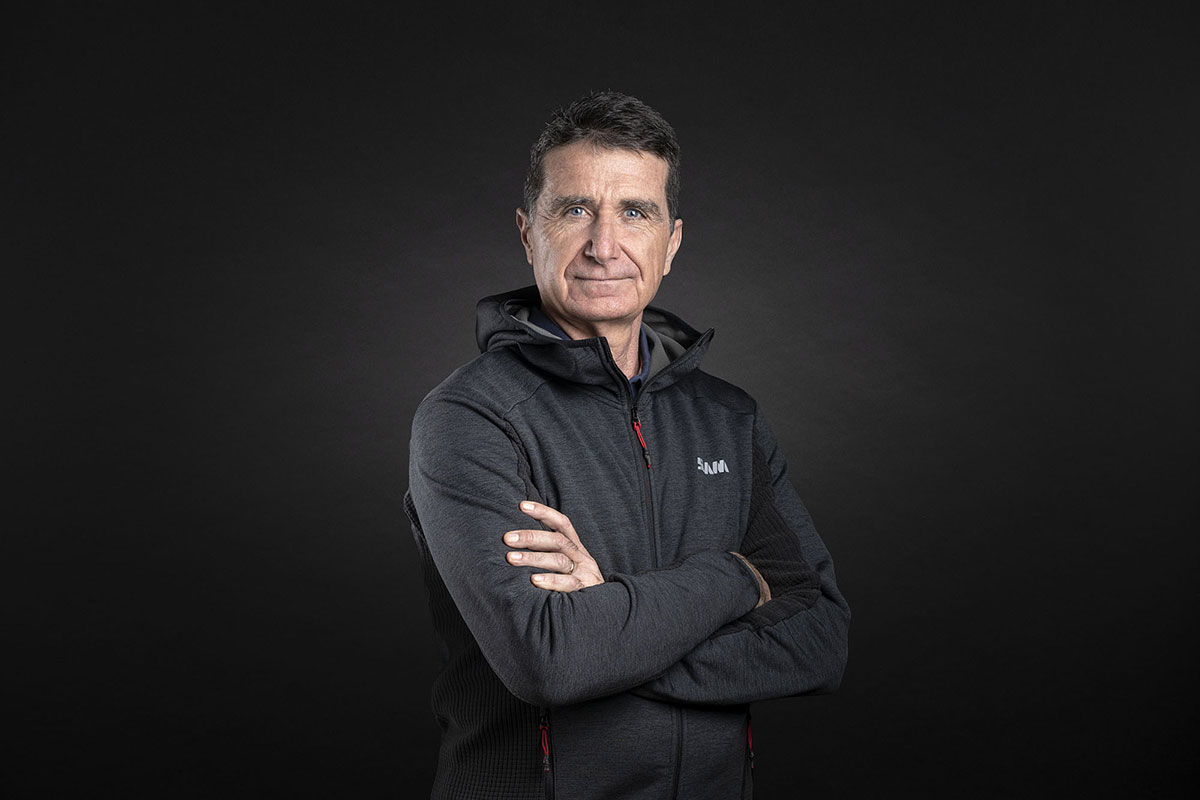
Enrico Chieffi, director ejecutivo de SLAM
El CEO de Emirates Team New Zealand, Grant Dalton, dijo: “SLAM ha demostrado su estrategia clara y positiva al trabajar para convertirse en una de las mejores marcas de ropa de navegación de alto rendimiento del mundo y todos nosotros en Emirates Team New Zealand esperamos trabajar junto a ellos en eso”. misión.
“Somos un equipo de más de 100 personas en una amplia gama de roles vitales, desde ingeniería hasta construcción de barcos y navegación, que deben trabajar juntos para ganar la Copa América. Esta filosofía se extiende a todos nuestros socios y SLAM y su compromiso con su indumentaria de calidad”.
El acuerdo hará que SLAM suministre ropa técnica al Emirates Team New Zealand luego de una colaboración en el desarrollo de materiales y diseño de productos. Se comercializará a nivel mundial una versión réplica de la indumentaria que viste el equipo con las mismas características técnicas.
Enrico Chieffi dijo: “Es un verdadero honor firmar este acuerdo y unirme a la campaña del Emirates Team New Zealand. Haremos todo lo posible para contribuir a su defensa de la America’s Cup. Grant Dalton y yo nos conocemos desde hace muchos años. Siempre ha existido una sintonía y un profundo respeto entre nosotros, incluso cuando a menudo fuimos protagonistas en los eventos más importantes de la vela mundial, primero como atletas y luego como gerentes.
“SLAM ha desempeñado un papel central en el mundo de la navegación durante más de 40 años y nuestro objetivo es establecer su lugar entre las mejores marcas de navegación de alto rendimiento del mundo. Esta asociación es un paso importante en ese camino”. The Emirates Team New Zealand la ropa técnica es el resultado de una estrecha colaboración en el desarrollo de materiales y diseño de productos”, agregó Chieffi, quien fue campeón mundial en las clases 470 y Star, doble regatista olímpico y táctico en el retador de la Copa América de Italia Il Moro di Venezia. en 1992.
Acerca de Slam
Slam S.p.A. es una reconocida marca italiana de ropa de navegación de alto rendimiento fundada en Génova en 1979. La empresa es propiedad de VAM Investment Group desde 2021, y Enrico Chieffi, campeón mundial, atleta olímpico, táctico de la Copa América y exitoso hombre de negocios, es el director ejecutivo. Con el apoyo clave del nuevo socio financiero y estratégico de la empresa, Chieffi se encarga de llevar adelante la misión de gestionar la nueva fase de desarrollo de SLAM, con el objetivo de desbloquear todo el potencial de la marca y establecer a SLAM entre las mejores marcas de navegación de alto rendimiento del mundo.
Acerca de VAM Investment Group spa
VAM es una sociedad de cartera de capital privado dirigida por el consejero delegado y accionista Marco Piana, controlada por el presidente Francesco Trapani y participada por Tages, una sociedad internacional de gestión de activos activa en fondos alternativos, infraestructura y, a través de sus accionistas, deuda en dificultades/NPL, con Umberto Quadrino como presidente y Panfilo Tarantelli como director general. VAM realiza inversiones de capital privado junto con empresarios y gerentes, proporcionando una combinación exclusiva en el mercado de conjuntos de habilidades comerciales, administrativas y financieras. A los socios de VAM se une un grupo cercano de oficinas familiares italianas e internacionales de alto perfil que conforman el VAM Investments Club. Recientemente, VAM ha llevado a cabo operaciones de inversión clave, incluida la del Grupo Florence, nombre líder en la cadena de suministro textil de Italia, y la cotización de un SPAC valorado en 210 millones en la bolsa de valores de Ámsterdam.
